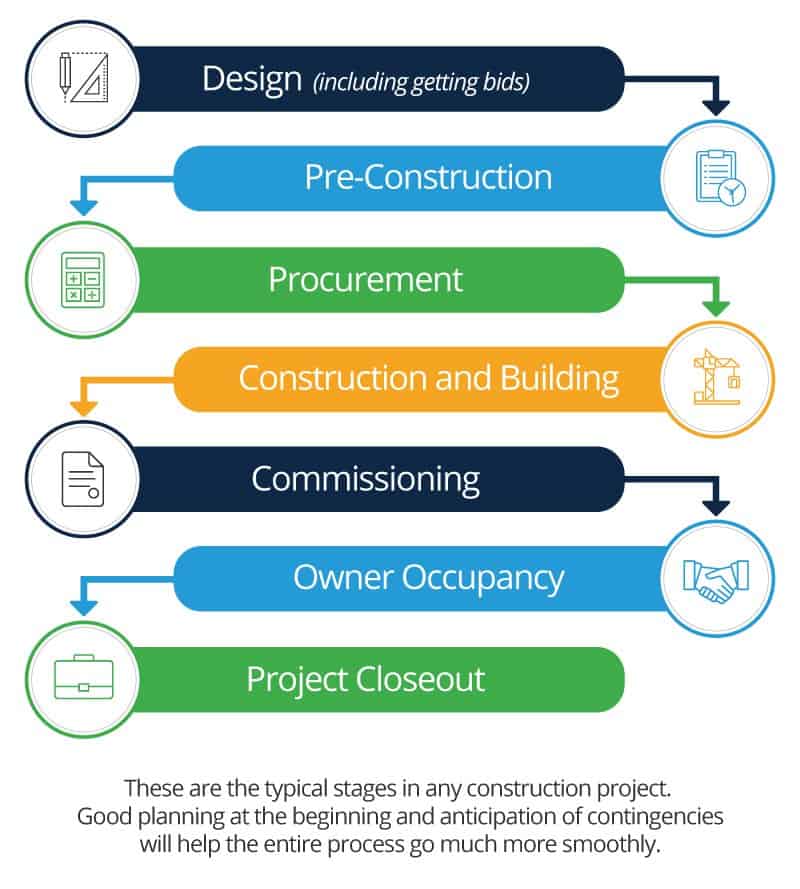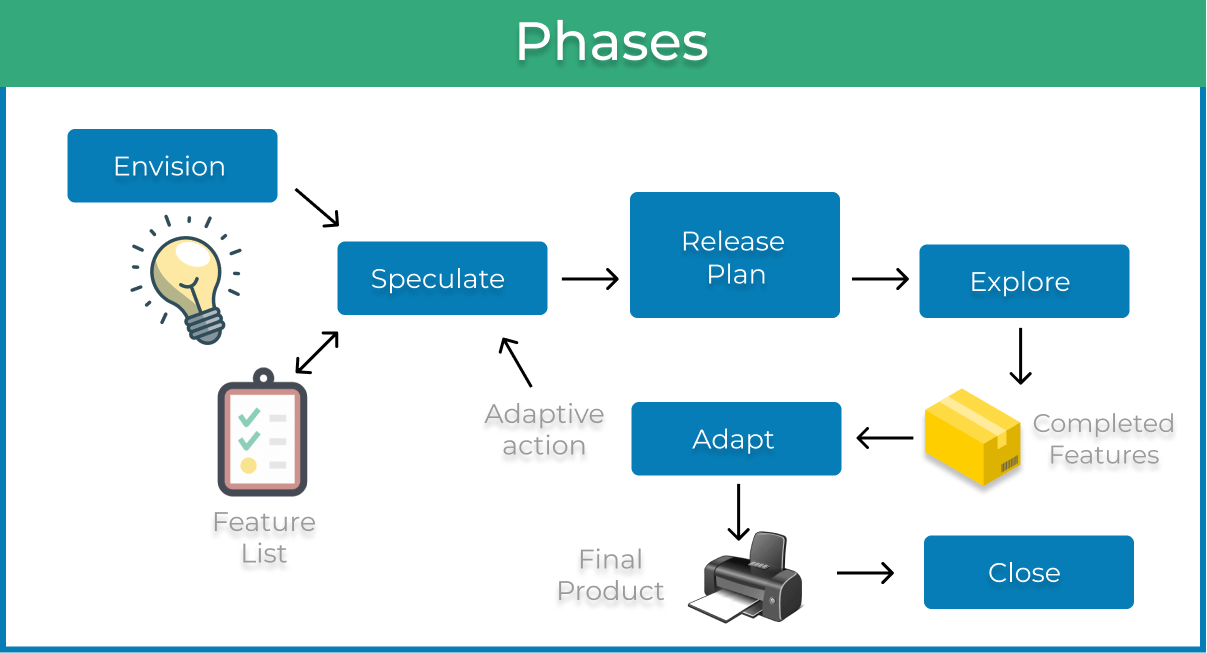Agile Project Management In Construction Industry

Agile project management in the construction industry.
Agile project management in construction industry. There are several methodologies that can be used to. One primary focus is on time management and regular. The agile manifesto in order to understand how agile can fit into the construction industry let s go through the agile manifesto itself or the list of principles that form the basis of agile. Agile construction methodologies implementation architecture.
The approach holds the power to alleviate problems such as poor communication and team coordination which are potentially a part of any project regardless of the industry. They now have finally penetrated the domain of construction. In this blog we shed light on how agile can be introduced in construction project management in order to expedite project completion and also make team management more effective. Agile requires frequent reviews to improve project financial management specifically in the areas of productivity and profitability.
Agile project management principles. Agile project management is an incremental and iterative approach to delivering requirements throughout the project life cycle. This is due to agile s inherent versatility and its emphasis on continuous improvement. The industry that relies on the waterfall method orderly and systematic approach for the execution of projects is now bracing itself to work with the agile flexible approach.
Agile methodologies have become the leading and one of the most influential approaches for managing projects nowadays especially projects that require collaboration between multiple teams stakeholders and the customer end user. Agile approach is a short. Read on to find out why agile project management in. That being said agile and its principles have started to influence project management as a whole and there are already many examples of successful implementation in construction.
Agile construction management helps by breaking down the project delivery into smaller more manageable parts.














/Construction-software-56a1bcf65f9b58b7d0c2266f.jpg)


